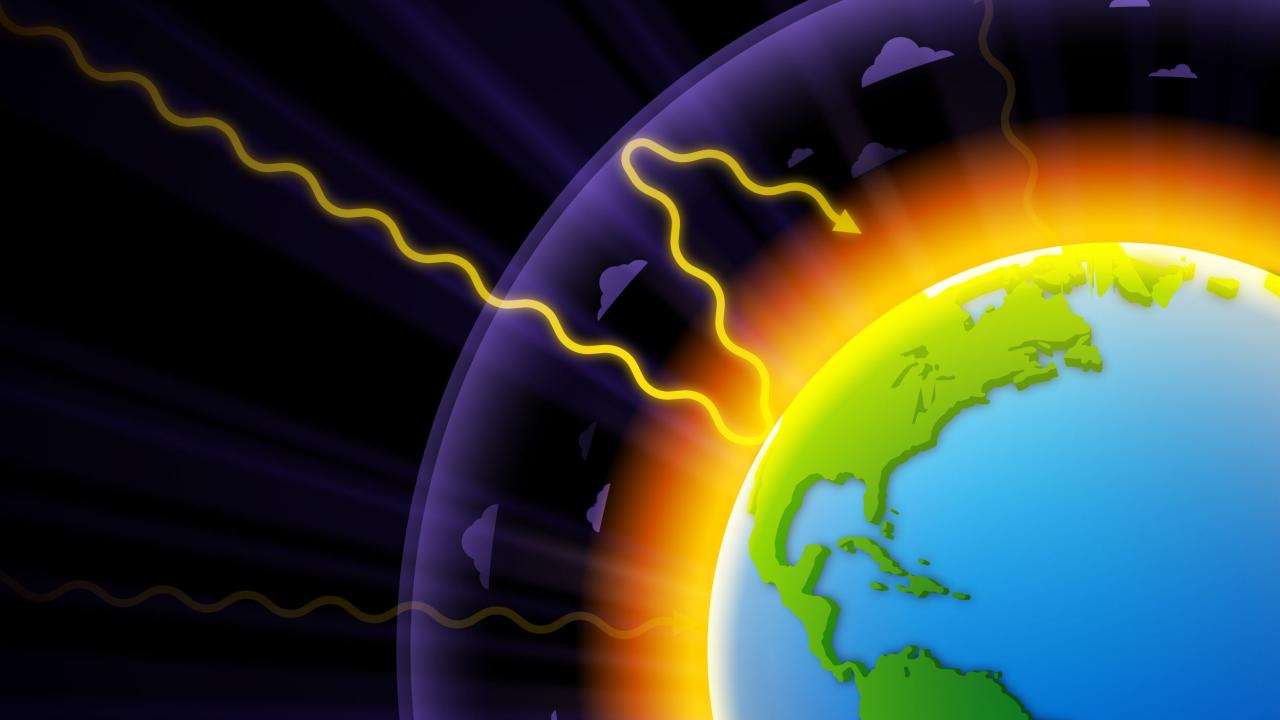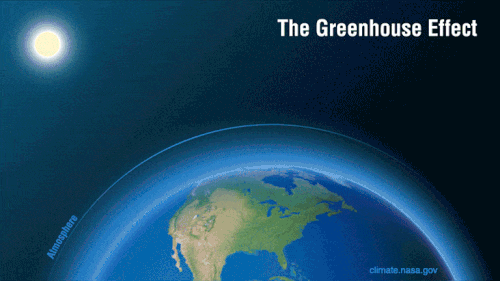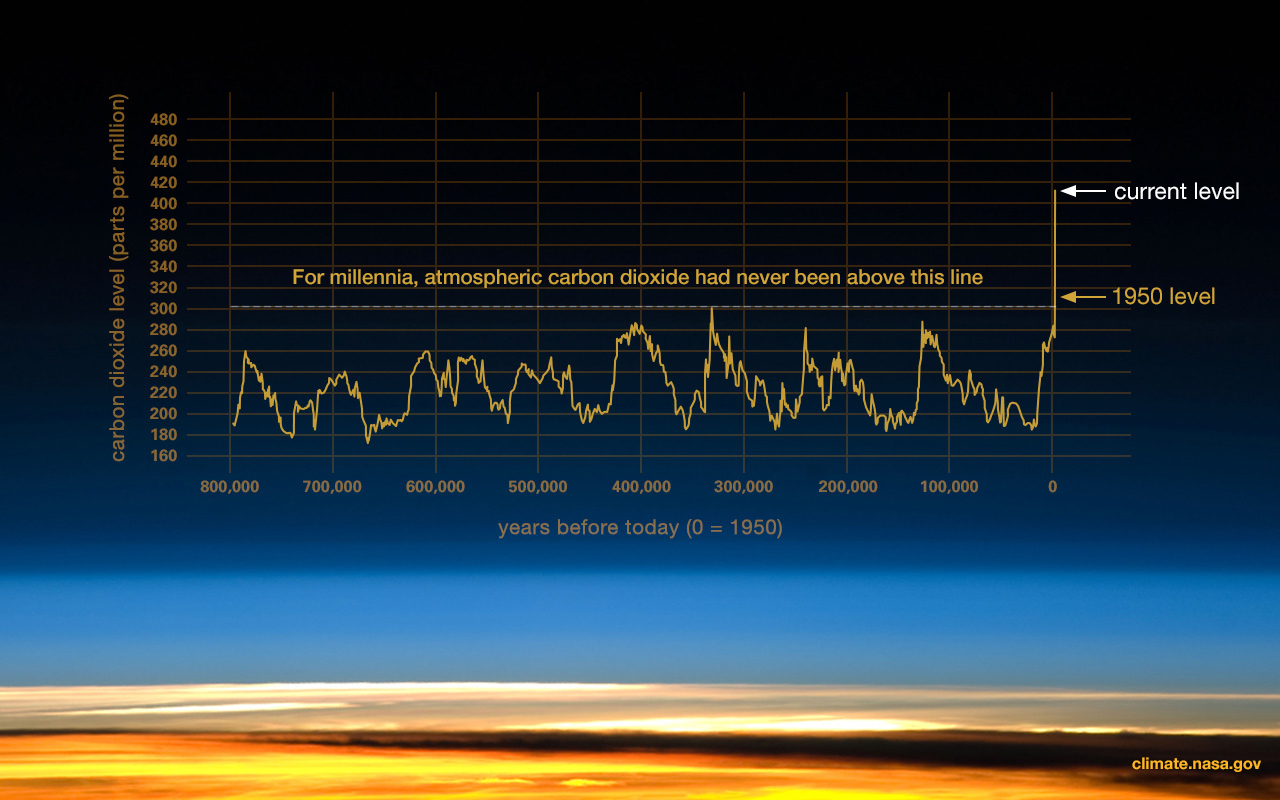
What is the Greenhouse Gas Effect?
The term “greenhouse gas effect” generally has negative connotations these days, but that hasn’t always been the case. The phenomena whereby certain gaseous compounds trap the sun’s heat and act as a blanket of insulation around Earth is what makes our planet hospitable to life. (See “What is a Greenhouse Gas?”)

The greenhouse gas (GHG) effect that we often read about is the same one that has been around longer than we have; the one to which we owe an enormous debt of gratitude. It’s not a bad thing overall. In fact, without it, we would perish. Life as we know it would cease to exist.
The problem is, humans have disrupted nature’s well-designed system. It began several centuries ago around the dawn of the Industrial Revolution, with the last 50 years being particularly damaging. Human activities – also called anthropogenic – have put a glut of GHGs in the atmosphere, giving us too much of a good thing. For their part, GHGs have responded the way nature designed them to. They’re trapping heat like a greenhouse on a sunny day, and our planet is getting warmer as a result.

To shed light on the problem of global warming, the U.S. Environmental Protection Agency (EPA) has stated that worldwide, net emissions of GHGs from anthropogenic activities increased 35 percent from 1990 to 2010, and carbon dioxide increased by 42 percent.
Most GHGs in the United States and worldwide are the result of energy production and use. Looking at the United States, more than two-thirds of GHG emissions can be traced to industry, transportation and electricity. Agriculture accounts for approximately nine percent, and of that total, animal agriculture contributes slightly less than four percent.

No, four pounds of beef doesn't equal the emissions of a transatlantic flight
It’s yet another example of misleading data that is misinforming readers and even worse, perhaps affecting public policy in a way that is detrimental to us and our planet.
